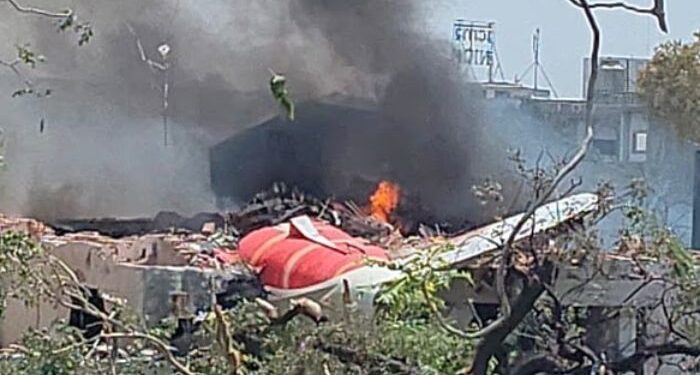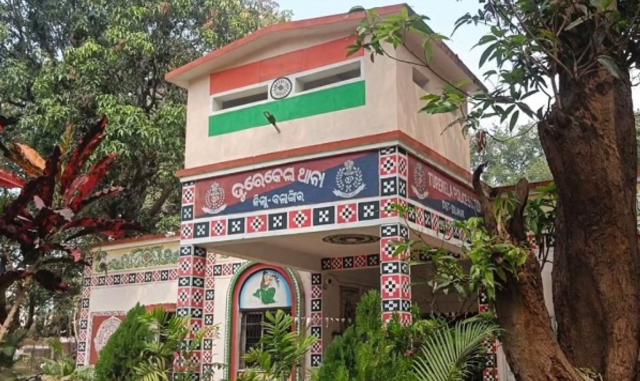The Aircraft Accident Investigation Bureau (AAIB) has submitted its initial findings to the Ministry of Civil Aviation regarding the catastrophic crash of Air India Flight AI-171 in Ahmedabad.
The tragic accident, which occurred on June 12, involved a Boeing 787-8 Dreamliner en route to London and resulted in the loss of 241 lives, including former Gujarat Chief Minister Vijay Rupani.
The AAIB’s preliminary report—compiled with assistance from global and domestic aviation experts—marks the first formal insight into one of India’s worst aviation disasters. The aircraft crashed shortly after takeoff from Sardar Vallabhbhai Patel International Airport, striking a hostel building on the BJ Medical College campus.
The AAIB, operating out of New Delhi with advanced crash analysis technology, confirmed that it successfully retrieved and decoded the black box’s Crash Protection Module by June 25. An identical backup “golden chassis” was employed to cross-verify the data integrity. The investigative team includes officials from the Indian Air Force, Hindustan Aeronautics Limited (HAL), Boeing, GE, the U.S. National Transportation Safety Board (NTSB), and Air Traffic Control experts—underscoring the high-level scrutiny the case demands.
This early report precedes a crucial session of the Public Accounts Committee (PAC) in Parliament, where civil aviation officials are expected to face tough questions—not just on the AI-171 crash but also on broader concerns over passenger safety, airline tariffs, and regulatory transparency in India’s fast-growing aviation sector.
The investigation continues in accordance with ICAO Annex 13 norms and India’s Aircraft (Investigation of Accidents and Incidents) Rules, 2017. A comprehensive final report is expected to shed further light on system failures, human error, or mechanical faults—crucial to preventing such tragedies in the future.





























